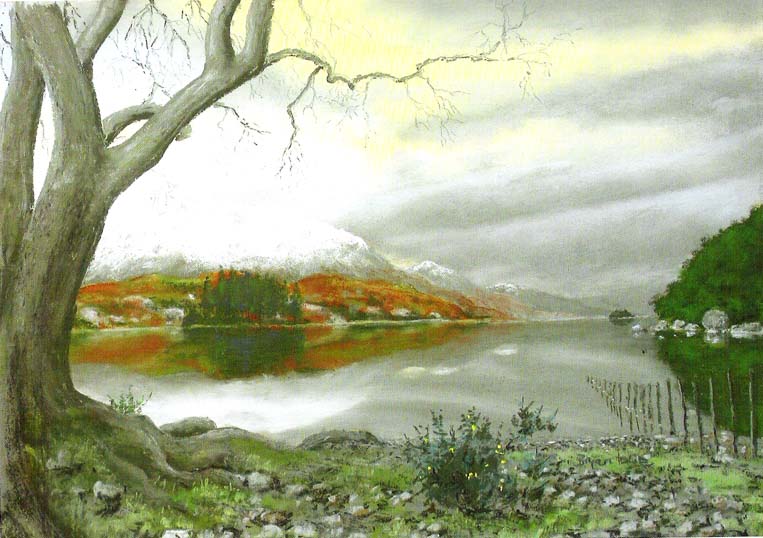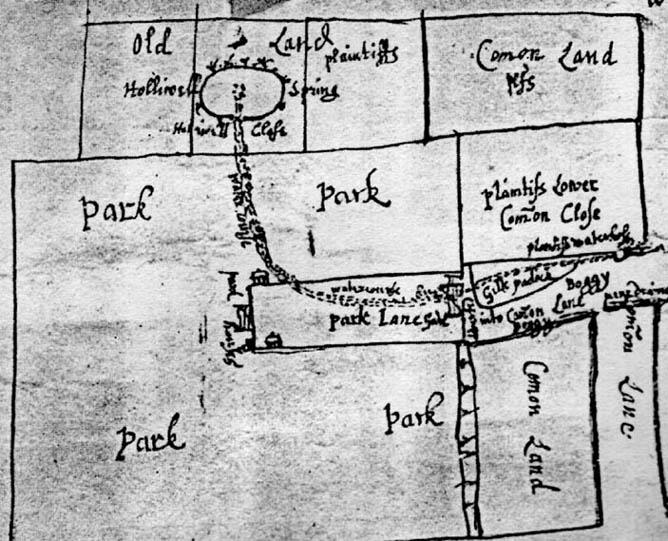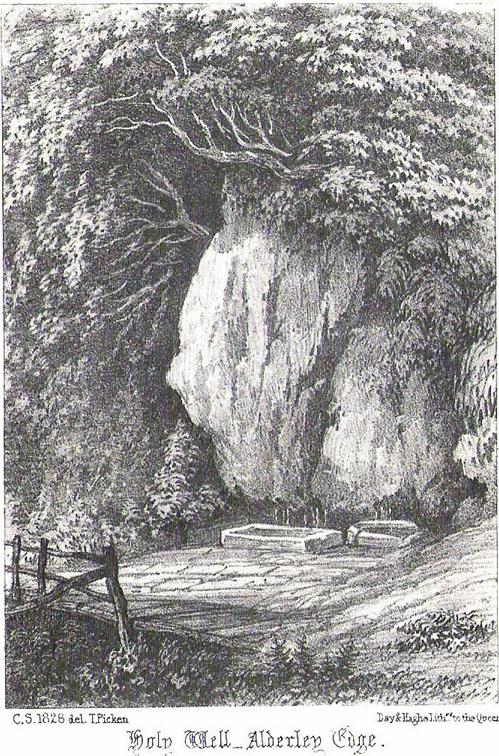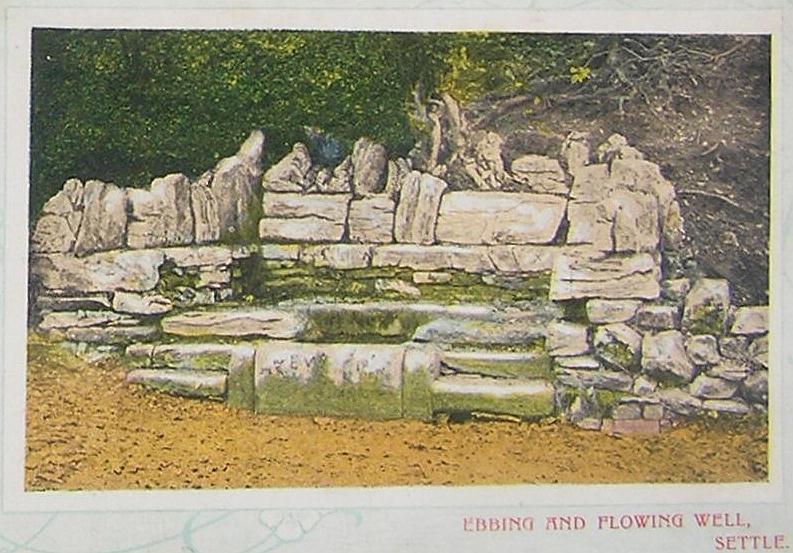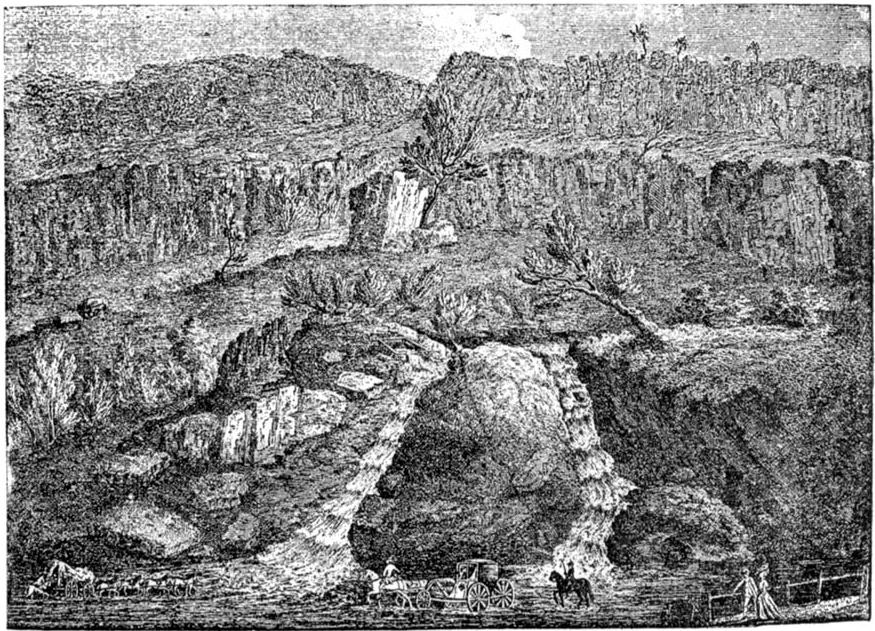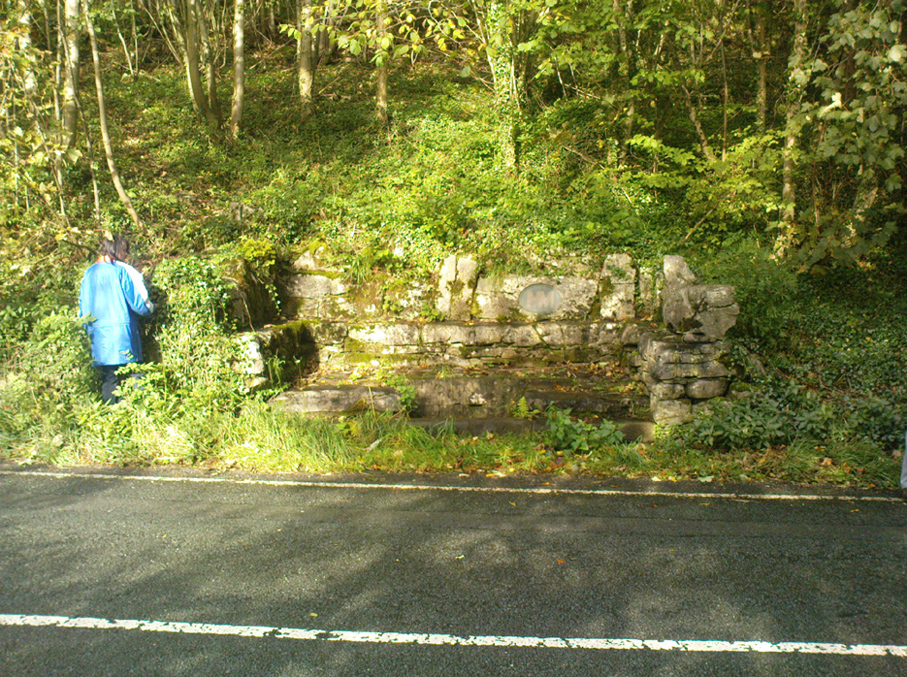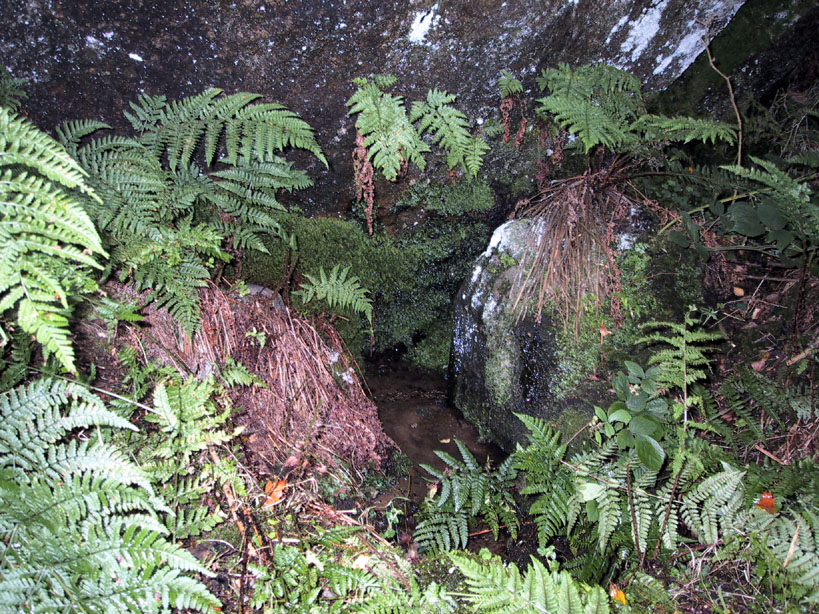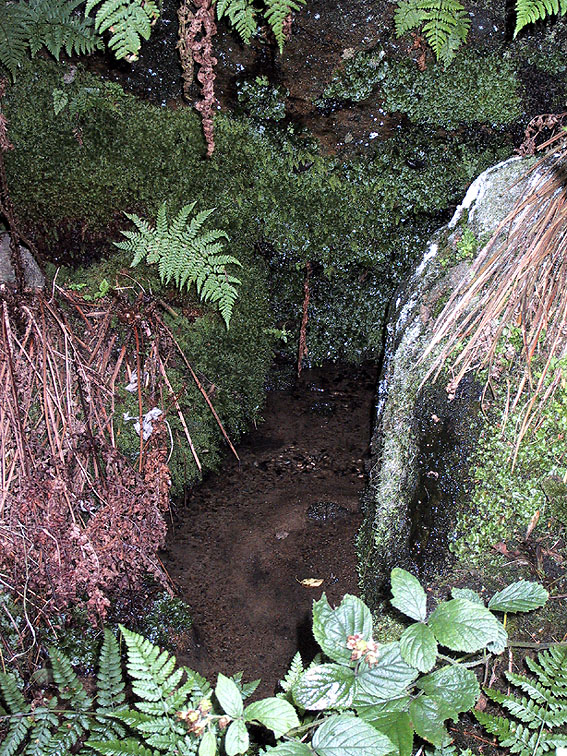Holy Well: OS Grid Reference – NA 0863 0024
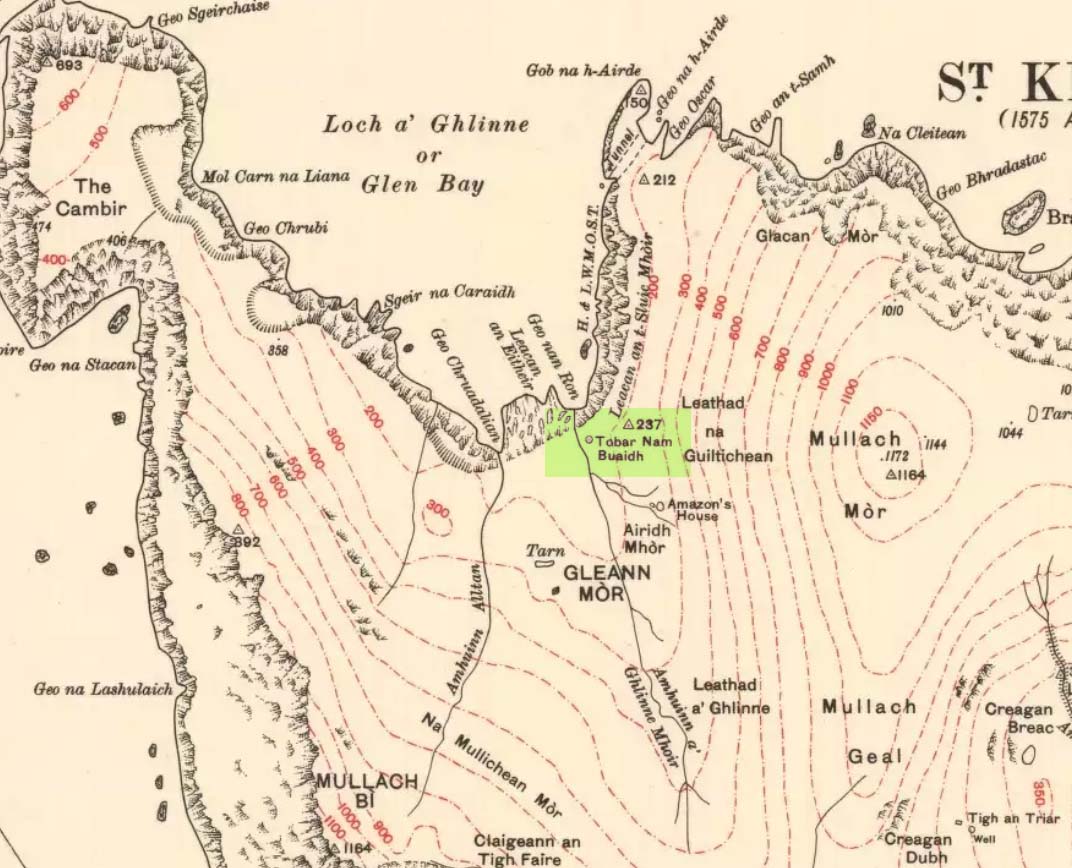
Also known as:
- Canmore ID 3962
- Tobar-ianadaiche-buadhan
- Well of Virtues
Archaeology & History
This legendary healing spring (the Well of Virtues) is on the north side of the island, a few hundred yards northwest of the legendary Amazon’s House. Martin Martin (1703) told that this well,
“near the female warrior’s house is reputed to be the best, the name Toubir-nim-buey, importing no less than the well of qualities or virtues; it runneth from east to west, being sixty paces ascent above sea; I drank of it twice, and English quart at each time; it is very clear, exceeding cold, light and diuretick; I was not able to hold my hands in it above a few minutes, in regard of its coldness; the inhabitants of Harries find it effectual against windy-chollicks, gravel, head-aches; this well hath a cover of stone.”
The reverend Kenneth Macaulay (1764) also wrote of this place, giving additional details:
“Near the fountain stood an altar on which the distressed votaries laid down their oblations. Before they could touch the sacred water with any prospect of success, it was their constant practice to address the genius of the place with supplication and prayer. No one approached him with empty hands. But the devotees were abundantly frugal. The offerings presented by them were the poorest acknowledgements that could be made to a superior being, from whom they had either hopes or fears. Shells and pebbles, rags of linen, or stuffs worn out, pins, needles or rusty nails, were generally all the tribute that was paid; and sometimes, though rarely enough, copper coins of the smallest value.”
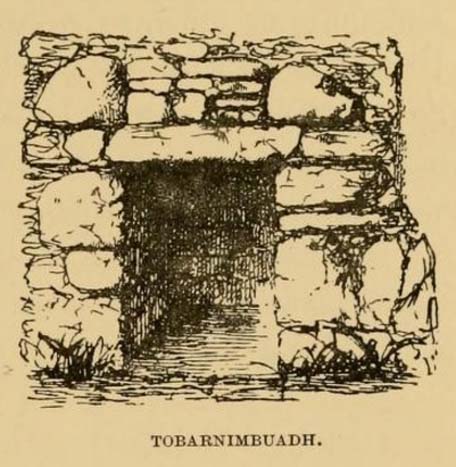
There was a very small stone-built well-house with a low roof covering the top of the spring, inside which a small pool formed. The small well-house was described by Thomas Muir (1883) and ruins of it are reported to still cover the sacred waters, which run into an old stone trough. Muir called it the ‘spring of many virtues’, describing it as one of five holy wells on this small isle.
In James MacKinlay’s (1893) magnum opus he reported that its waters could cure deafness.
References:
- Macaulay, Kenneth, The History of St. Kilda, James Thin: Edinburgh 1974 (original edition 1764).
- MacKinlay, James, Folklore of Scottish Lochs and Springs, William Hodge: Glasgow 1893.
- Martin, M., Description of the Western Isles of Scotland, Andrew Bell: London 1703.
- Mathieson, J., “The Antiquities of the St. Kilda Group of Islands,” in Proceedings Society of the Antiquaries Scotland, volume 62, 1928.
- Muir, Thomas S., Ecclesiological Notes on some of the Islands of Scotland, David Douglas: Edinburgh 1883.
© Paul Bennett, The Northern Antiquarian
